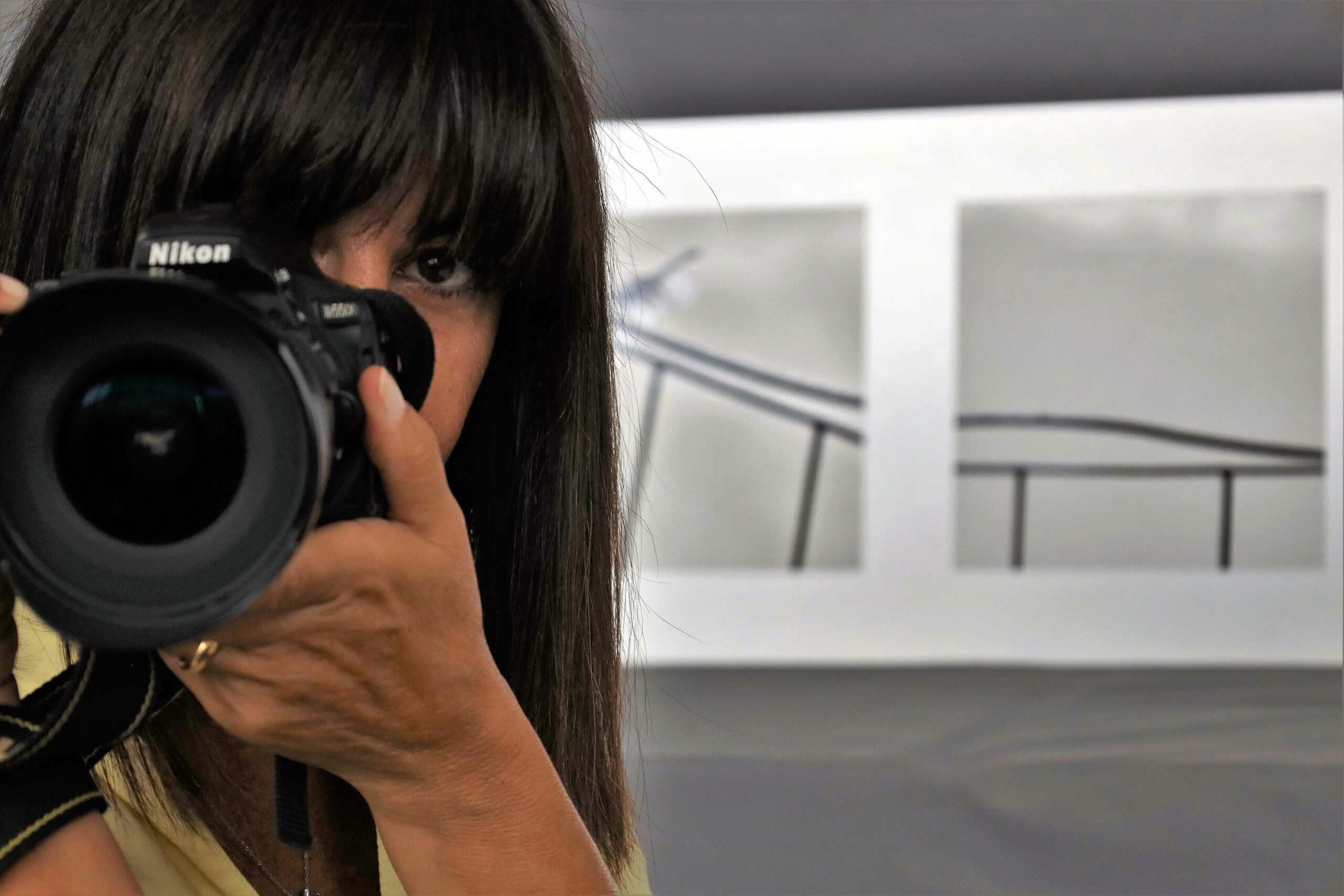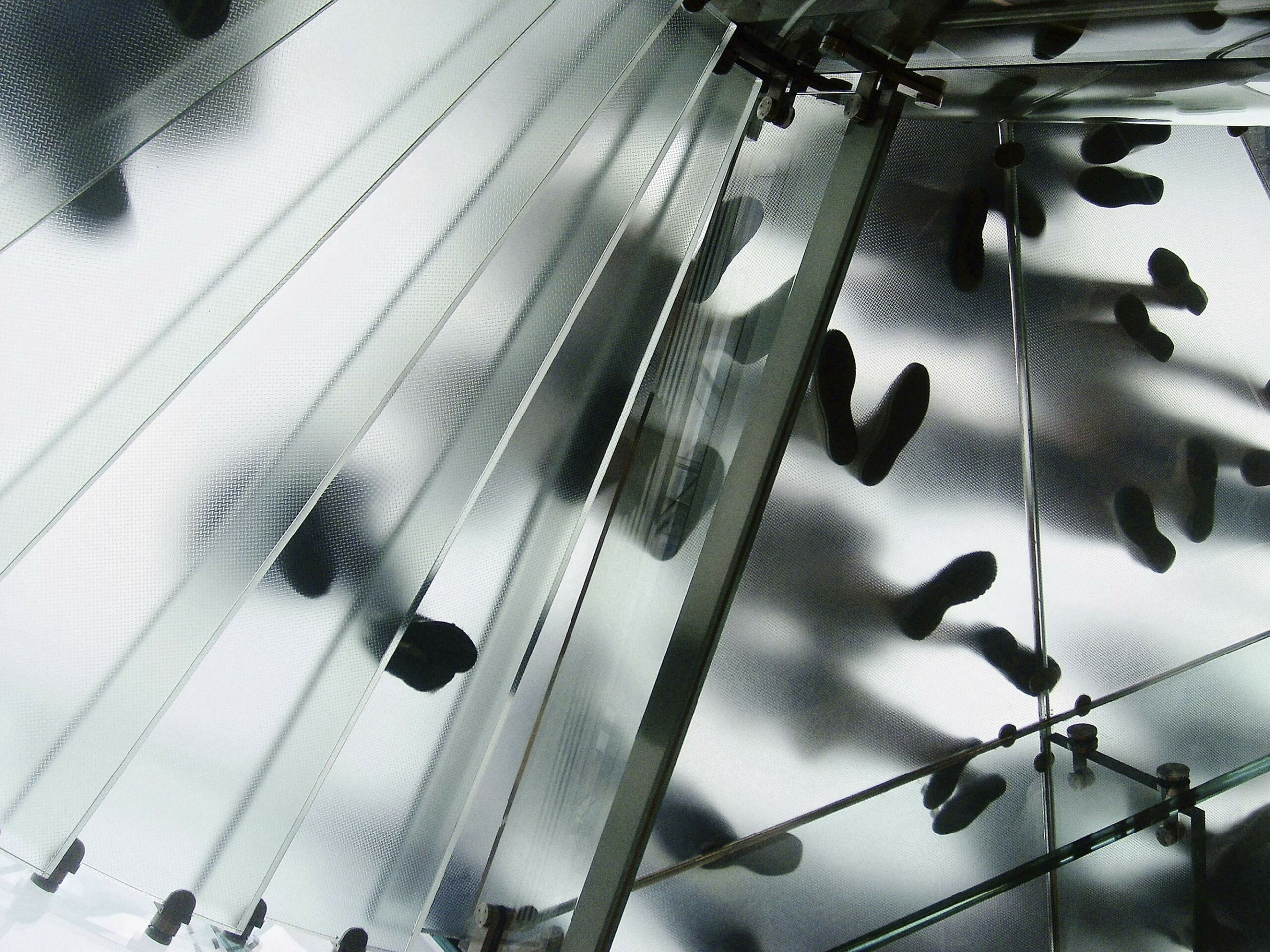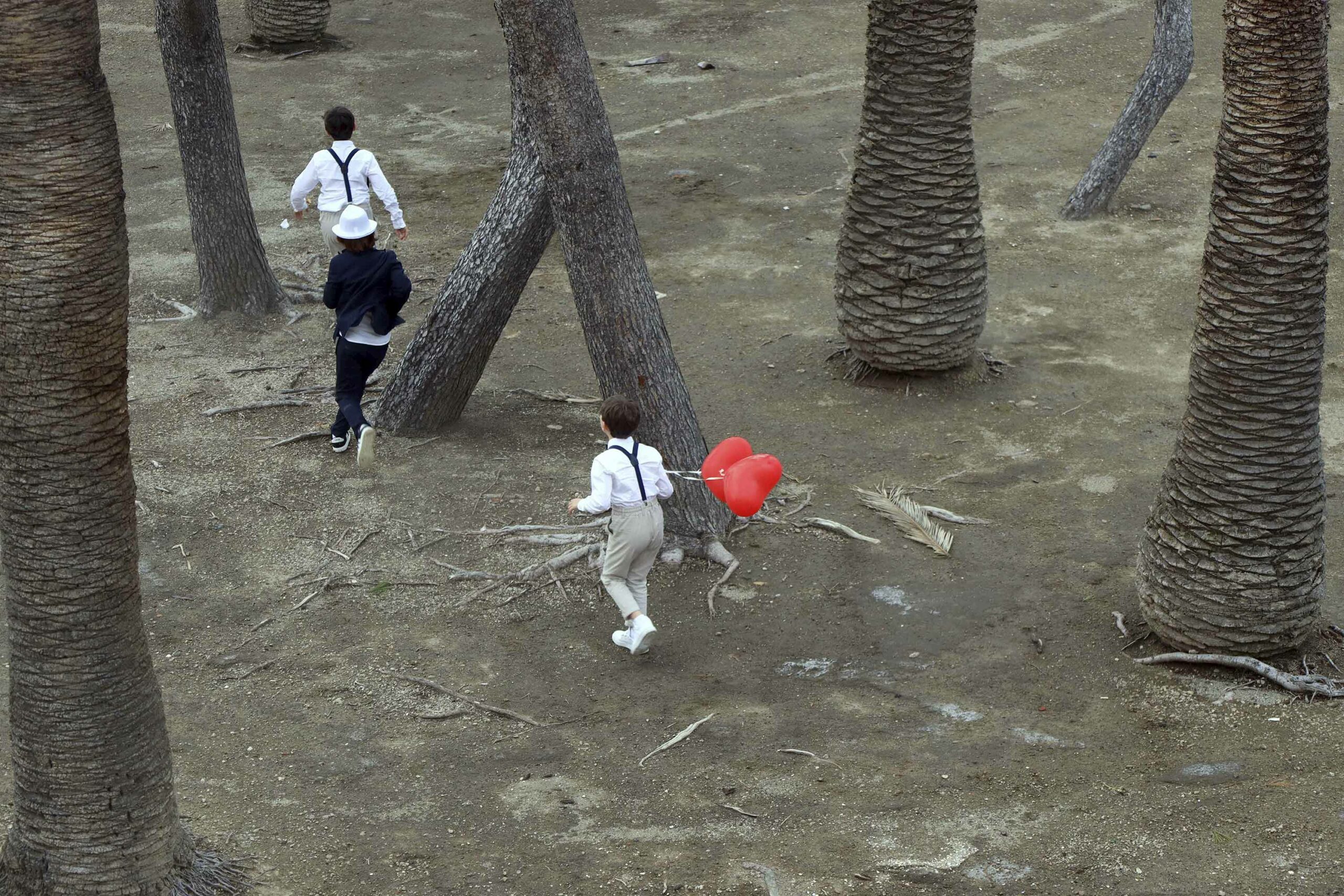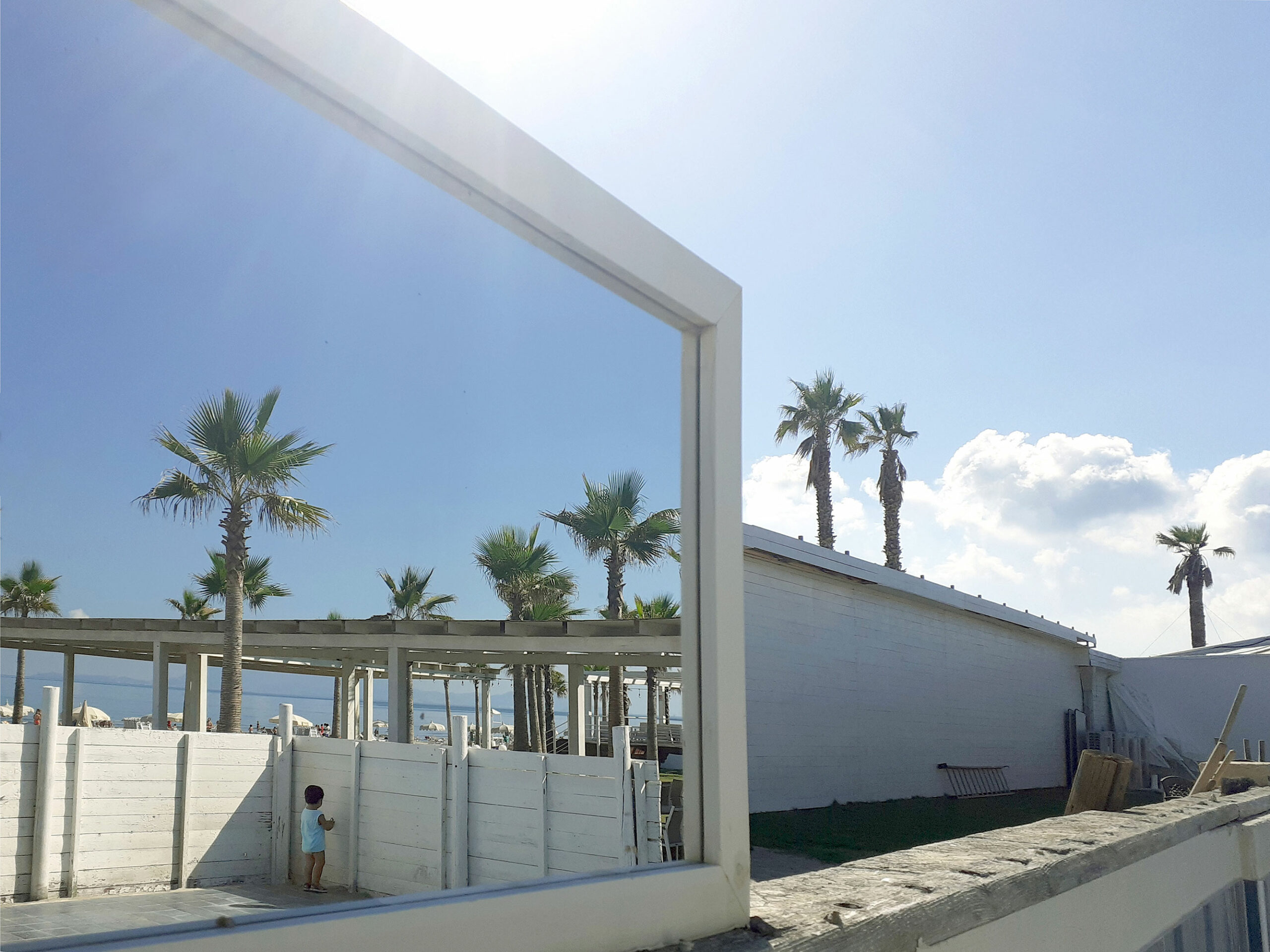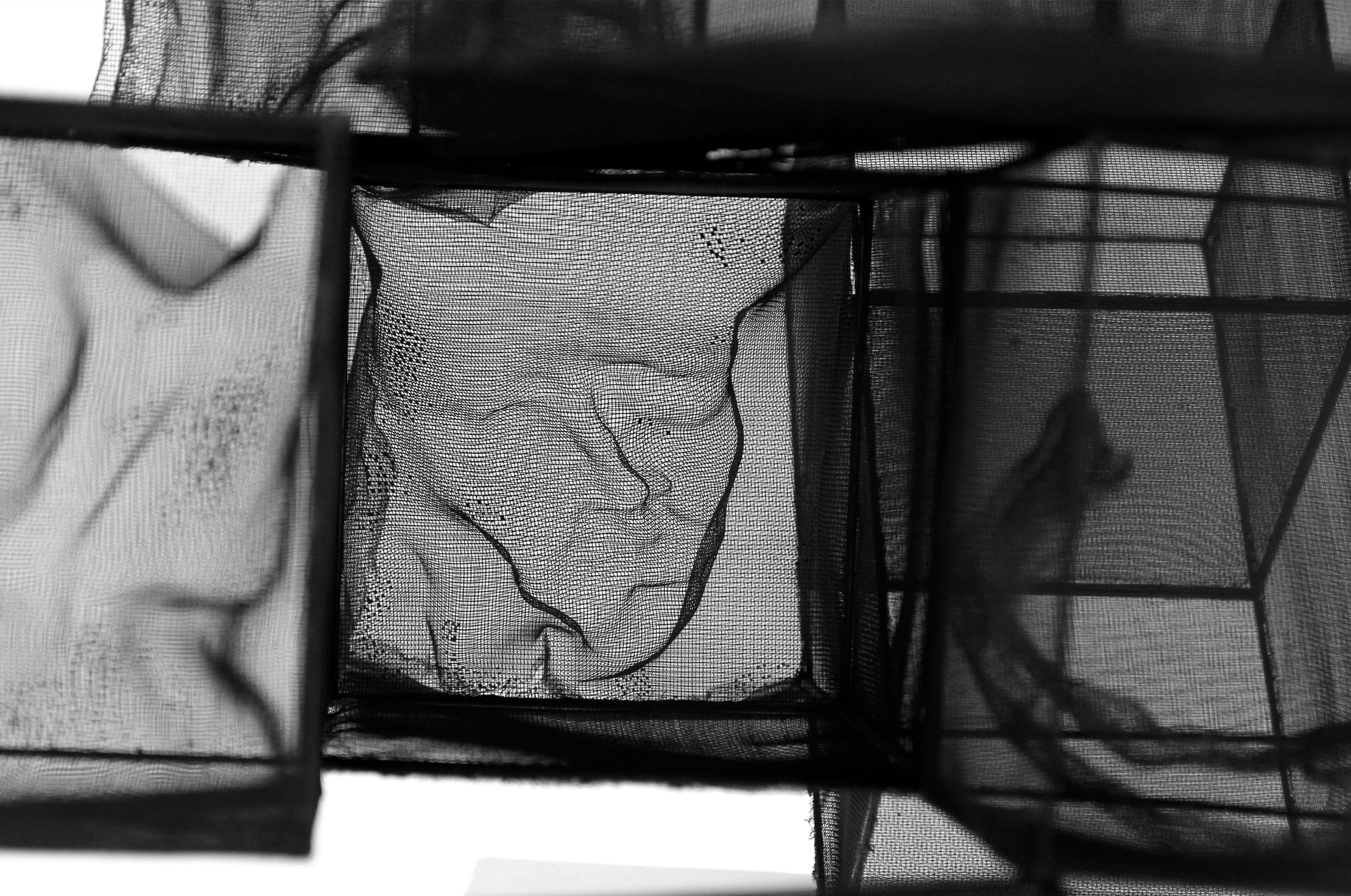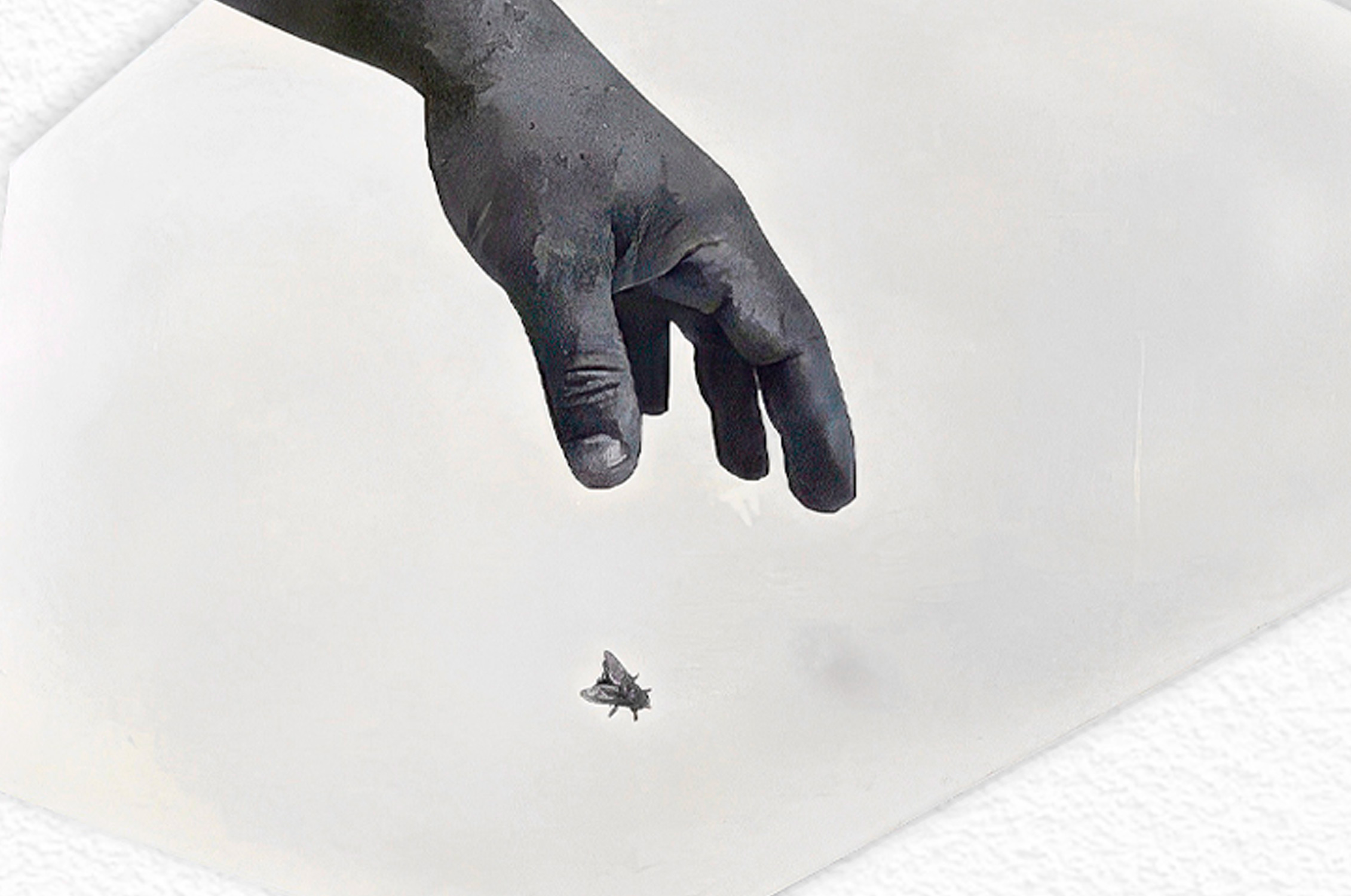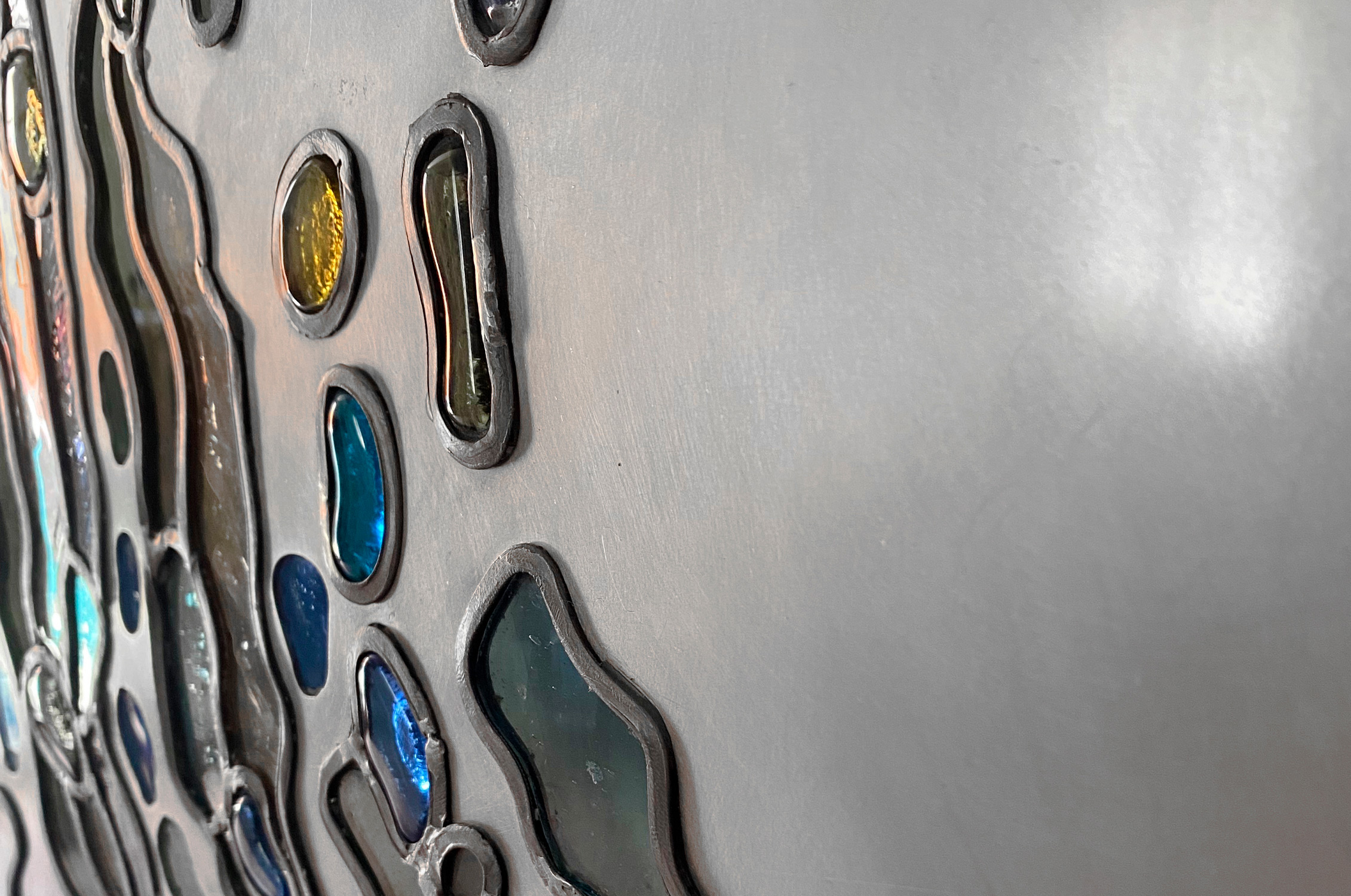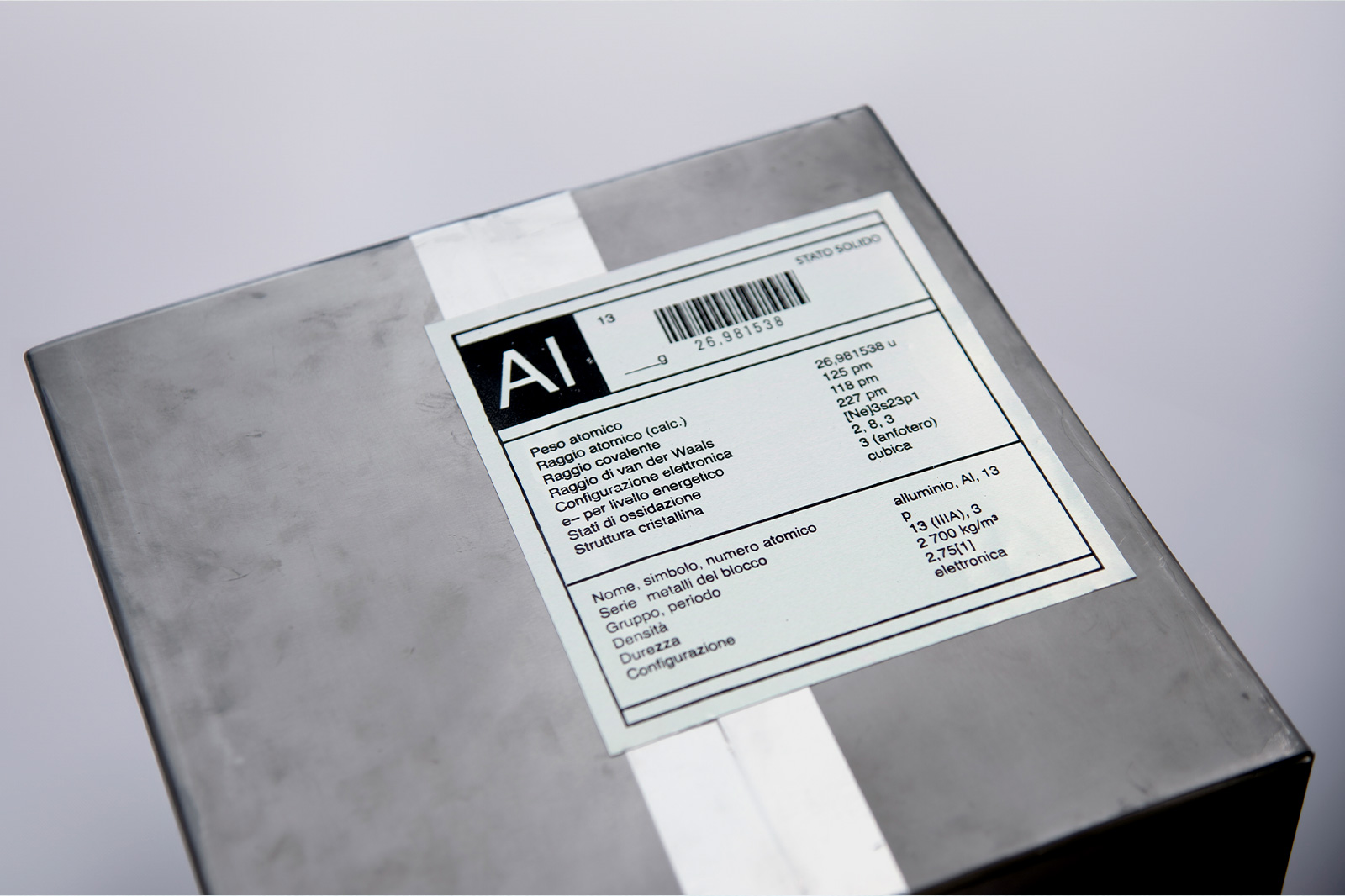COMEL AWARD VANNA MIGLIORIN 2023
Interview with Claudia Del Giudice
by Ilaria Ferri
An intimate photographer with a lifelong focus on social issues and a deep listening approach to art, Claudia Del Giudice was born in Naples, where she currently lives and works. Despite earning a degree in Economics, she has found in photography a means to explore herself and the world around her. She studied at the School of Advanced Training in Art and Theology at the PFTIM in Naples. She has exhibited in several solo shows and numerous national and international group exhibitions. She also has photography publications in contemporary art magazines, books, and catalogs to her credit.
In the work “Sostenibile leggerezza dell’essere” Sustainable Lightness of Being, which earned you a special mention by the jury of the 10th edition of the COMEL Award, aluminium is present both physically and conceptually: in fact, you state that this metal “is the exemplary incarnation of sustainability, of contamination (in a positive sense) between the parts.” The two dragonflies and the aluminium wire “lend a kind of morning harmony between naturalism and abstraction, recalling the atavistic metaphysical dualism between Being and Becoming, between Relative and Absolute; it is precisely the aluminium that creates the context.” Tell us about the interesting union between your technique and the concept you wanted to express.
The mixed technique I used is a direct UV print in hexachrome on a 2 mm thick satin-finished anodized aluminium sheet with a UV Gloss pass. In the art work, the viewer can find man’s presence precisely in the aluminium, shaped into a curved form, perfectly harmonized with the environment, indeed an integral part of it. As we know, aluminium is a completely recyclable material, mouldable without expenditure of energy that, despite its simplicity, its being common, is still durable, shiny, functional.
Thanks to the background and its special shine, the marks imprinted on the aluminium sheet acquire a special aesthetic meaning, and the application of UV Gloss in some points of the triptych restores three-dimensionality to the work.
Among the organoleptic properties of the precious metal, lightness, and sustainability are those that most stimulated my creativity. “Sostenibile leggerezza dell’essere” is a eulogy to the lightness of life; I chose the title of the work by repurposing that of Milan Kundera’s well-known novel in support of Italo Calvino’s and Guglielmo Montuori’s ideas of “subtraction of weight” and “lightness of interiority,” respectively, as attempts to rise above the heaviness of the world.
The fragility and delicacy of the creatures that share its flow, tiny against the immense backdrop of the sky toward which to take flight, recognize society’s need to relieve itself of consumerism, bulimic production, and the use of irreverent progress, to move toward a virtuous and responsible, sustainable model to focus on what has always motivated it: the impulse towards the indefinite, the unknown, the desire to search for the deep meaning of things, to go beyond, respecting every human experience. A fence connects past, present, and future, a more or less thin but resilient “thread” that changes over time and yet wraps around itself.
Claudia Del Giudice at work
You state that the work “Sostenibile leggerezza dell’essere” is a wish, a hope that there will be a return to the importance of more virtuous and sustainable models of existence, in the environmental but also in the social sense. A wish that we can return to a lightness that allows us to take flight into the indefinite, just as the small and fragile dragonflies are ready to fly to the immensity of the sky. How did this idea come about?
Observing nature is wise because it is spontaneous, always free in expressing itself, in constant metamorphosis.
Being, in the Heideggerian sense of “Being” that is, involving a co-implication of being in the world, now can redeem itself through care. “Sostenibile leggerezza dell’essere” represents the hope of this, in such an atypical, tired, claudicant, but still authentic period. The work as a whole also invokes harmony and balance, evokes nostalgia for a past that is slowly making a comeback, despite the frenzy we are surrounded by and albeit in other guises, technologies and materials.
In your photographs we can clearly see a propensity for poetry, a search for something beyond the here and now, a search toward the Beyond. In fact, you state that you want to investigate through your shots the “relationship between the visible and the invisible,” tell us how this propensity of yours, this search, comes about.
In recognizing the extraordinary that constantly manifests itself in the ordinary, indulging the propensity to feel symbiotic and connected with each individual and the biosphere of which I am a part. The yearning for ulteriority, to find a truer and broader sense of the immense of which I am but a small fragment, has characterized me since birth.
Passi, 2008 – Fine Art stamp on Hahnemühle Photo Rag Ultrasmooth paper (305gsm)
You have a degree in economics and work in business/finance; how did you get into photography? How did you realize it had to be an important part of your life?
Since my teenage years I have found photography to be a means of scrutinizing myself and everything around me.
I began as a travel photographer, a source of cues and reminders of naturalistic and intimate themes, as well as to satisfy moments of relaxation and unconsciously searching for the spirituality present in each of us.
I graduated with a degree in Economic-Maritime Sciences with a thesis in marketing that prompted me to reuse the camera as a tool for furthering a study aimed at finding in images content to be conveyed that is immediate and meaningful.
I continued my path as a photographer of art, sports, and socio-cultural events, never neglecting my artistic research of details of everyday humanity and backgrounds that evoke eternity.
Photography is often defined as a technical process that stops and immortalizes a moment in an image, whether it is a moment in the existence of a living being that is stopped for eternity, whether it is an object or a landscape. For many, it is a tool for documenting the real, but photography is much more than that. Can you tell us what taking a photograph means to you?
My photography is a metaphor for an ongoing inner journey, to find myself in relationships with others and the world around me. It is an ongoing investigation of the landscape, of the places experienced during the paths of life, linked to the contextualization of my experience. With my photos I try to reveal the inescapable bond between all places and cultures on earth, despite apparent differences. The paths of all of us, uncertain and multiple, however different, unite us in a fragile but fantastic existence.
Not everything that appears is real. The third eye observes, searches deeply, and goes beyond what is seen: dreams intertwine with needs between the sacred and the profane, salvific elements intervene to lift us in our downfalls, gratuitous and unconditional love comes forward, the beauty of life becomes apparent. Our essence emerges.
Through my shots, I search for relationships and meanings, often revealed by even the smallest details: they are an invitation to stop our gaze, to listen to the silence, to ourselves and others, to explore everyday life, to go through it, pushing to the ultimate depth of reality to try to overcome the space-time limits of our lives.
Voglio correre, 2023 – Fine Art stamp on Hahnemühle Photo Rag Pearl paper (325gsm)
You state that you do not understand photography as “a representation of the world, but rather a reinterpretation of it.” How much of yourself is in each photograph you take? How much and what of yourself do you feel you communicate to those who look at your work?
In each of my photographs, there is so much of me, my experience, astonishment, the need to experiment, awareness, social commitment in respect of human dignity; there is pathos, empathy, the intent to pause in reality, to experience relationships, to witness beauty and harmony. Photography represents a continued walking, it is for me both art and philosophy, creativity and reflection, a mirror of the spirit and a window to hope. The camera accompanies me in important moments, private and professional. Art is not something separate from my life and its sacred dimension is unquestioned for me; each work is born from a short circuit between what I see and feel, it is a connection between the particular and the general, between the instant and eternity. To those who look at my works, I try to communicate all this: to create is to step outside of oneself to become a harbinger of an encounter.
My photography aims to provoke a poetic and sincere dialogue with every possible interlocutor.
L’innocente, 2020 – Fine Art stamp on Hahnemühle Photo Rag Pearl paper (325gsm)
After being a finalist for the COMEL Award, you participated as a juror in the Naked Architecture photography competition. How did you feel about playing the role of the artist being “judged” and that of the judge “evaluating” the artist?
I fell empowered. Regardless of the role taken on, the common thread is the emotion sparked both in creating and in comparing with other artists and professionals in the field, and that determines the inexhaustible growth and inner enrichment, opens the mind, and nourishes the soul.

